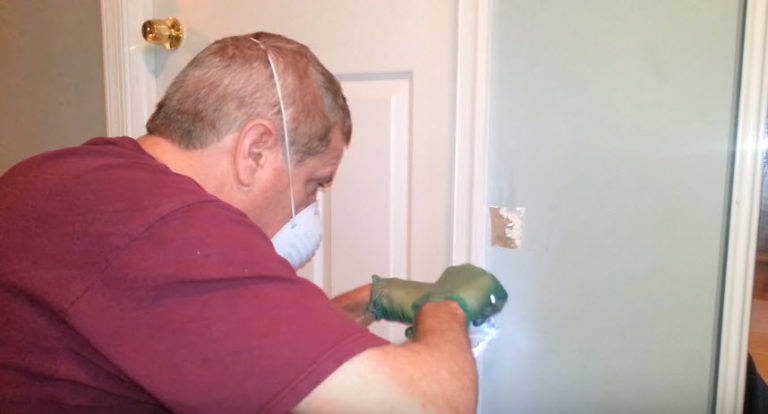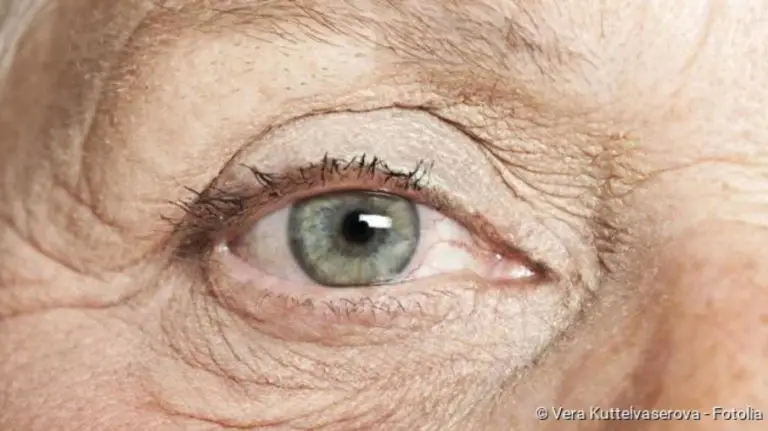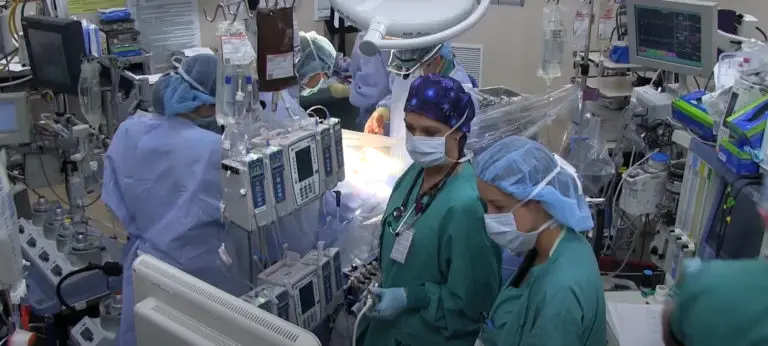How To Remove A Corn
How To Remove A Corn

How To Remove A Corn yourself: Recommendations
Many patients prefer to treat their corn themselves. However, this is risky because it is associated with serious secondary injuries. Depending on the type, depth and extent of the chicken eye, the following recommendations therefore apply
- You can try to remove small, flat corns yourself. If this does not succeed or if the corn keeps coming back (recurrence), the doctor must be consulted.
- You should always consult a specialist if you want to remove large corns or corns that go deep into the skin.
- Diabetics, rheumatism patients and people with extremely sensitive or porous skin should generally consult a doctor for any foot problems.
Often patients want to remove their corn with knives or other objects. This is very dangerous, as the surrounding skin is easily injured. Furthermore, a cracked, incised corn is a potential entry point for germs and bacteria. This can lead to serious infections. The pathogen can spread under the skin or enter the blood and cause blood poisoning (sepsis). People with very dry and brittle skin such as rheumatism and diabetes patients are particularly at risk here. They should therefore always consult a doctor to have any corn removed.
Remove corns with corn plaster
First take a warm foot bath to soften the skin in the area of the chicken eye. Then apply a corn plaster for two to three days before taking another softening foot bath. Then you can try to carefully lift out the corn.
Corn plasters are available over the counter in pharmacies. They are impregnated with so-called keratolytics – acids such as salicylic acid or lactic acid, which soften the cornea of the chicken eye. In this way the upper horny layers on the corn can be removed. Often, however, the keratin nucleus is already so deep that the chemicals cannot reach it. Then a specialist must remove the corn.
Caution: The acids of corn plasters are very aggressive. When a corn plaster slips and the acids no longer get onto the corn but onto the surrounding healthy and above all much thinner skin, injuries and infections often occur.
Corn removal with liquid corn products
Instead of a corn plaster, you can sometimes use a liquid corn plaster from the pharmacy to remove a corn. Cream first the skin around the corn with Vaseline to cover it and protect it from the harsh agent. Then apply the product directly to the corn and cover it with a plaster or pressure protection plaster. The whole thing is repeated daily. As with corn plaster, you should take a softening foot bath after two to three days and then carefully lift out the corn. In some cases it may be necessary to repeat the application.
Household remedy against corns
Often people with a corn eye look for home remedies that help them to eliminate the foot problem in a simple and gentle way. Some examples:
- You can enrich the footbath with curd soap or tea tree oil, for example; this helps soften the skin.
- Propolis tincture can be applied to the corn and left to work for several hours. Afterwards the horny skin is soft and can be easily removed.
- Another home recipe prescribes crushing five aspirin tablets in a mortar, mixing them with half a teaspoon of lemon juice and a teaspoon of water and rubbing them on the corn. The foot is then wrapped in a warm towel. Leave the whole thing to take effect for a quarter of an hour. Even after that the skin over the corn is swollen. This makes it easier to remove the corn.
The important thing with all home remedies is that they can only be effective for small corns. If you remove a corn by yourself, also take care that no open wound develops, as it can easily become inflamed.
Remove corn from the specialist
If you want to remove a corn permanently, you have to go to a specialist. Doctors, orthopaedists or medical chiropodists (podiatrists) can remove a corn quickly and almost painlessly.
The earlier professional treatment is started, the less complicated and faster it is. You should therefore consult a doctor immediately as soon as you discover the corn! If you delay going to the specialist and continue to subject the corn to pressure and friction, the core will drill deeper and deeper into the skin.
During the examination the doctor will decide how to remove the corn according to the depth and shape of the corn. Sometimes a single appointment is sufficient, in other cases the corn treatment extends over several appointments.
First, a ten to twenty minute foot bath in hot water is applied to soften the cornea. The doctor then carefully removes the superfluous corneal layers using a suitable instrument (such as a milling cutter or scalpel). To remove the keratin thorn, some hydrogen peroxide is sprayed on, which also penetrates into deeper skin layers and softens them. The corneal core is then removed with a scalpel, gouge or forceps. This treatment is usually painless.
After corn treatment
After corn removal, the affected area should be protected from pressure and friction. For this purpose foam rings (corn rings) can be placed over the affected area. Foam inserts for the shoes or soft socks also provide pressure relief.
To avoid a recurring cornification (relapse), you must first of all remove the cause of your corn. If too tight or uncomfortable shoes are the reason, you should change your footwear. For foot malpositions such as hallux valgus or hammer toes, orthopaedic insoles, orthopaedic shoes or other orthopaedic aids (orthoses) can help to protect the affected areas. Let the orthopaedic surgeon advise you on this.
Patients with very rough and cracked skin should always pay attention to careful foot care. Regular washing and creaming can prevent excessive strain and avoid corns!
Removing corn: Operation
In some cases an operation is necessary to remove a corn. This is the case, for example, if the corneal cone is particularly deep or the cornea is very wide.
A surgical intervention can also be useful in case of a foot or toe malposition. Otherwise the corn will keep coming back.
Risks in corn removal
If specialists remove the corn and the patient follows their instructions (e.g. for aftercare), there are usually no complications.
Risks arise above all when you want to remove a corn yourself. If skin injuries occur, infections and even blood poisoning (sepsis) can result. You can also slip off with a knife or scalpel and cause a deep wound.
The use of corn plasters and liquid corn preparations also carries risks, as mentioned above.
In rare cases, the alleged cornification is actually a wart or the symptom of another skin disease. Therefore, to be on the safe side, always consult a doctor before you remove a corn yourself!
About this text
This text complies with the requirements of medical literature, medical guidelines and current studies and has been reviewed by medical experts.
ICD codes are internationally valid codes for medical diagnoses. They can be found, for example, in doctor’s letters or on certificates of incapacity to work.
Sources
- Engelhardt encyclopedia orthopedics and accident surgery, Springer publishing house: www.lexikon-orthopaedie.com (call: 24.02.2020)
- Bittig, F.: Image Atlas of Medical Pedicure, Hippocrates Verlag, 2010
- Wolansky, R.: Disease Patterns in Podiatry: Anatomy, Imaging Diagnostics, Therapy, Hippocrates Verlag,, 2006
- Niethard, F.U.: Dual Series Orthopaedics and Trauma Surgery, Georg Thieme Verlag, 2009
- Breusch, S.: Clinic guide orthopaedics accident surgery, Urban & Fischer Verlag, 2013
- Niethard, F.U.: Orthopaedics compact, Georg Thieme Verlag, 2005
- Umbach, W.: Cosmetics and Hygiene, John Wiley & Sons, 2012
-
Template:





